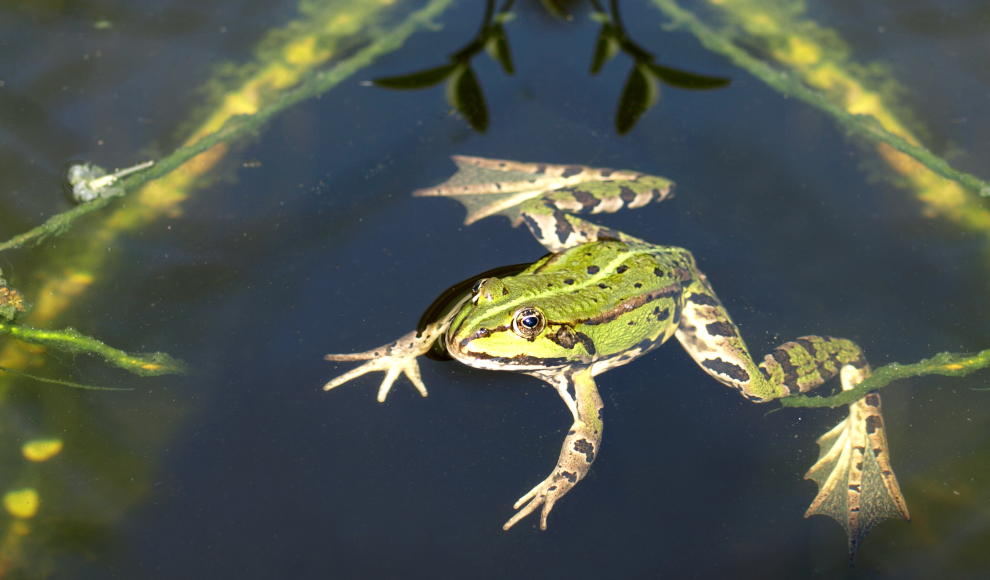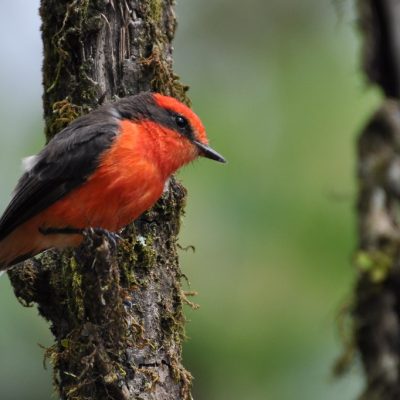The high demand for frog legs in the EU is endangering wild frog populations in their countries of origin. To prevent the extinction of these species, immediate action must be taken. According to a study published in the journal Nature Conservation by the Leibniz Institute for Analysis of Biodiversity Change in Bonn, the EU’s frog appetite is endangering wild frog populations. The authors, led by Mark Auliya, are calling for the EU to take action to protect frogs and prevent their extinction. Between 2010 and 2019, EU countries imported over 40 million kilograms of frog legs, resulting in the killing of approximately two billion frogs in their countries of origin.
The international trade in frog legs is a “black hole,” according to the study’s authors. This is due to a lack of species-specific trade data necessary to ensure sustainability, as well as numerous mislabeling issues in the trade and difficulties in identifying species once they have been processed, skinned, and frozen. The majority of frog legs are imported into France, with imports primarily coming from Indonesia, Albania, Vietnam, and Turkey. However, the study found that the populations of large frogs with meaty legs in these countries have also significantly declined. This has led to a domino effect, with hunters turning to the next frog species once one has been nearly depleted.
Frog farms are not a solution, as they require constant replenishment with new wild catches. Additionally, these farms not only raise native species but also foreign species such as North American bullfrogs (Lithobates catesbeianus). If these escape from a frog farm, they can reproduce rapidly in the environment and endanger native amphibians. The study’s authors are urging the EU to take immediate action to protect wild frog populations and prevent their extinction.










